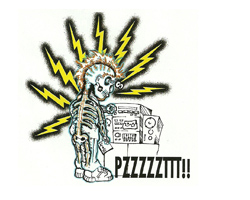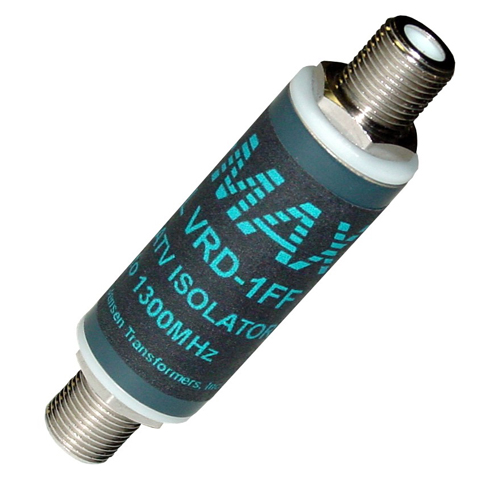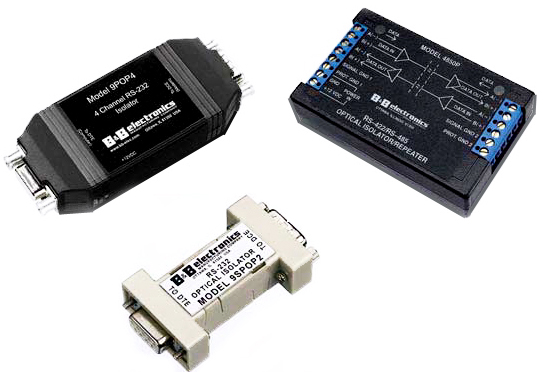
CATV And Dish Isolators. High-quality CATV isolators pass high-frequency signals with virtually no loss or degradation while blocking the flow of power-line ground loop current.
They are the solution in situations where noise problems disappear if CATV is disconnected, but a few precautions are in order:
CATV isolators must always be installed on the building side of the lightning ground and never between itself and the drop.
These isolators work at CATV broadcast TV and FM frequencies. The Jensen CATV isolator shown in Figure 2 also passes cable modem signals.
Signal splitters have no ground isolation, so installing an isolator at a splitter input does nothing to prevent ground loops between systems at each of its outputs.
Separate isolators are generally recommended at the destination of each splitter output. CATV isolators will not work in the path from DSS dish to receiver, since it cannot pass DC power from receiver to dish.

Satellite dish systems must be grounded in compliance with NEC (National Electric Code) sections 250 and 810 to provide protection from lightning.
This grounding often establishes a ground loop as well. Because many DSS receivers also have a grounding (three-prong) AC plug, it’s usually most practical to install audio and video isolators on the satellite receiver outputs.
Digital Isolators. The venerable RS-232 data interface is unbalanced, making it very susceptible to ground noise via common-impedance coupling, but the noise symptoms are usually called “unexplainable.”
The optically isolated devices shown in Figure 3 can withstand 2,000 – 2,500 volts between input and output ports.
Similar devices are available from several manufacturers for RS-232, RS-422 and other popular interfaces.

